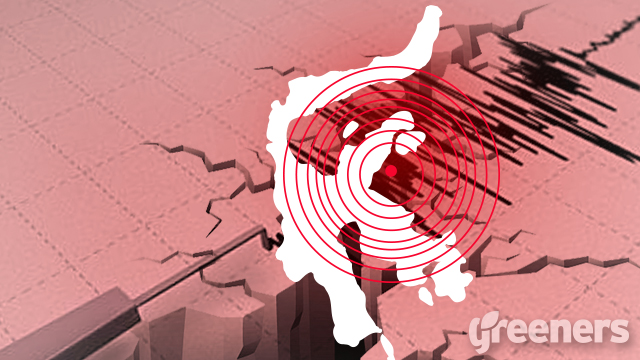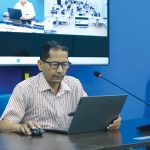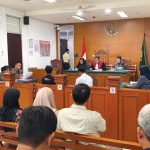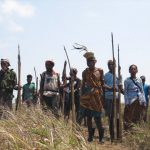Jakarta (Greeners) – Following the 2018 natural disasters, — earthquakes, tsunami, and liquefaction –, in Central Sulawesi, a senior official said the government has allocated at least Rp36 trillion (US$2.5 billion) to rebuilt the province.
Up to 28 September 2018, recovery costs for Sigi, Donggala, Parigi Moutung districts and Palu city of Central Sulawesi had reached to Rp23.14 trillion (US$1.64 billion).
Doni Monardo, head of National Mitigation Disaster Agency or BNPB, said that redevelopment or rehabilitation and reconstruction in Central Sulawesi aims on several sectors, starting housing, infrastructure, social and economics.
READ ALSO: Experts: It is Time to Include Local Wisdom into Disaster Mitigation
Based on Central Sulawesi provincial government data up to 30 January 2019, death casualties and missing persons are 4,402, with 2,685 dead, 701 mission and 1,061 were mass buried. Palu is the most deaths with 3,679 people, followed with Sigi 405 people, Donggala 303 people, and Parigi Moutung 15 people.
In addition, houses with light, medium and severe damages, and lost, reached to 100,405 units.
The largest house damages hit Palu with 42,864 units. Meanwhile, a total of 1,299 schools damaged in Palu, Sigi, Donggala and Parigi Moutung.
Up to date, Central Sulawesi provincial government is going through transition phase from emergency to recovery, which will expire in 24 April 2019.
“The development stage for housing is still focusing on temporary housing in several locations. Currently, temporary settlements have reached 629 units in 69 locations. However, the total of units inhabited are 406 units,” said Monardo in Jakarta on Friday (12/04/2019).
READ ALSO: Experts Push Indonesian Government to Audit Spatial Planning Laws
Based on the 2018 Presidential Instruction on Central Sulawesi Rehabilitation and Reconstruction Acceleration, the recovery phase is targeted to be finalized in 31 December 2020. However, there are few obstacles in the implementation, starting from most of people are reluctant to move to the temporary settlements due to its far distance from their original houses, lack access to electricity and clean water, and land status for the permanent settlements.
For the latter, Monardo said that central government will no longer development the settlement if the provincial government could not provide the areas. In addition, provincial government is urged to consider information on disaster and not to build settlements in the red zone.
“After the lands are clean and clear, then it can be developed to minimize potential problems in the future. Furthermore, [provincial government] needs to be reminded that areas being developed to consider information on disaster,” he said. “Because, this disaster is repeated events, people staying at disaster prone areas needs to be educated and consulted on disaster, massively and [through] door-to-door [approach].”
Earthquake Still Haunts Central Sulawesi
On 12 April 2019, earthquake with 6.8 SR hit Morowali, North Morowali, and Banggai islands of Central Sulawesi.
The epicenter is located at 1.89 South latitude and 122.57 East longitude, or Tolo Bay, 82 kilometers of southwest of Banggai islands, with 17 kilometers deep. People were reported to be panicking and evacuated to hills or higher grounds.
Meteorology, Climatology, and Geophysics agency said that from epicenter location and hypocenter, the earthquake is categorized as shallow due to active fault activities. The agency suspected that the fault structure that triggers the earthquake is Peleng Fault which headed to southwest-northeast in Peleng Island and went straight to Tolo Bay.
Reports by Dewi Purningsih



















































